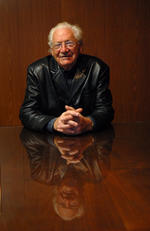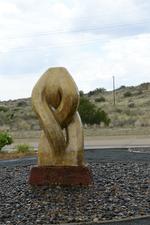Afrikaner Settlement

Orania, originally built in 1970 for construction workers on the impressive Orange River Project, stood empty for years until a group of Afrikaners purchased the town and surrounding land as a pilot project and starting point for Afrikaner settlement and the establishment of an Afrikaner Volkstaat. Orania’s founder, Carel Boshoff, a professor of theology and Afrikaner cultural activist, moved into the area in 1991.
The settlement offers an example of the ‘traditional’ Afrikaner way of life and also demonstrates the ingenuity of a marginalised community with advanced irrigation techniques, implemented in close co-operation with pioneers in Israel.
Often met with scrutiny and controversy, Orania’s existence is permitted by the Constitution of South Africa under a clause that allows for the right to self-determination.
The town is privately owned by the Vluytjeskraal Aandeleblok company (Vluytjiekraal Share Block) and the shareholders vote for the company's board of directors. Orania maintains its own municipal administration, receiving no services from the bordering Thembelihle Local Municipality.
The Koeksister Monument

The humble koeksister is commemorated in the Afrikaner enclave of Orania with a 2 m high monument. The polystyrene statue is the brainchild of Orania’s Kaalvoet Women’s Organisation, named after the Voortrekker Susanna Smit who said she would rather walk barefoot over the Drakensberg than live under British rule.
This centrepiece was originally built by the Department of Water Affairs to house workers on the Vanderkloof Dam.
In addition, the Cultural History Museum features the Felix Lategan collection of firearms, some of which date back to the 18th century is a must-see.